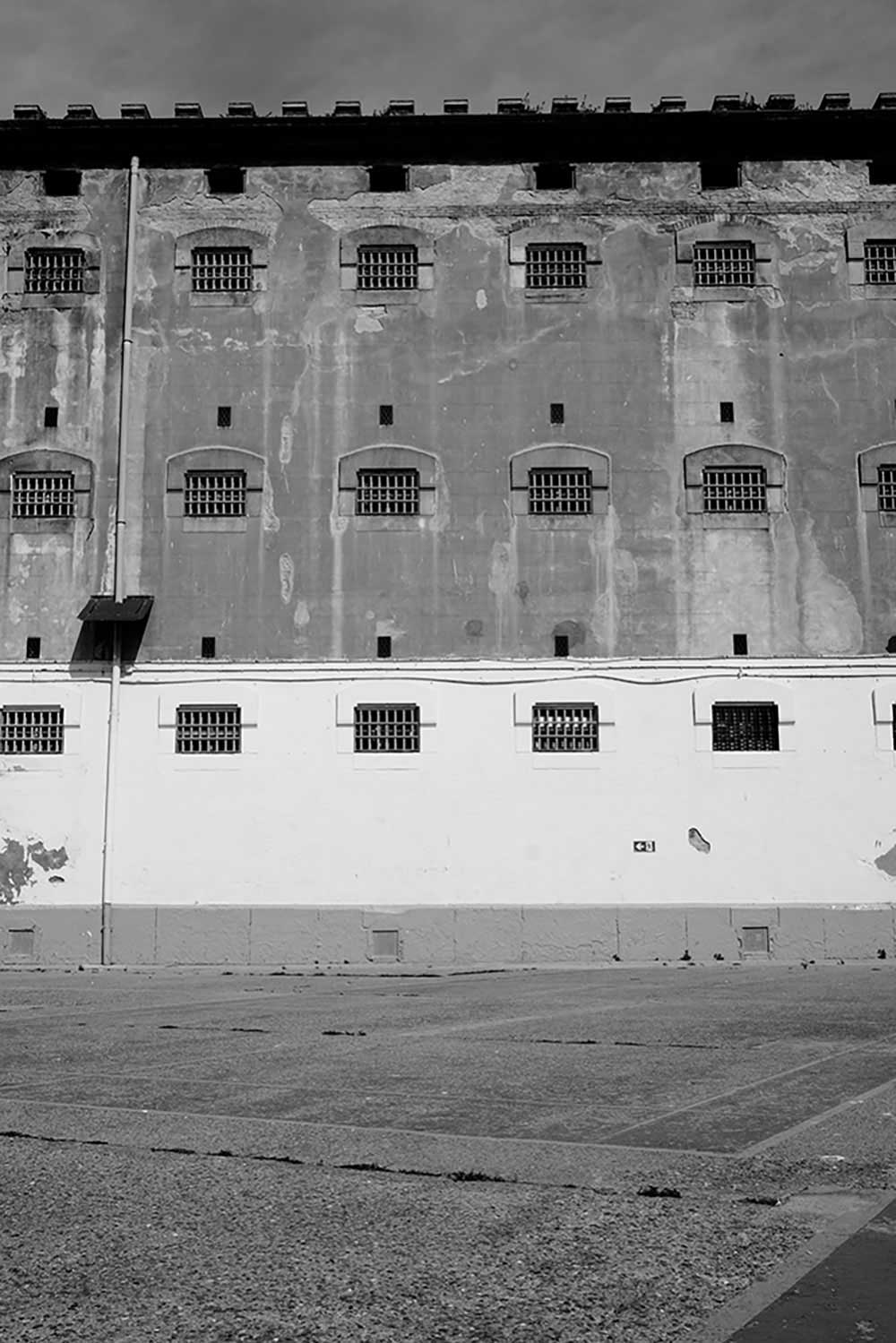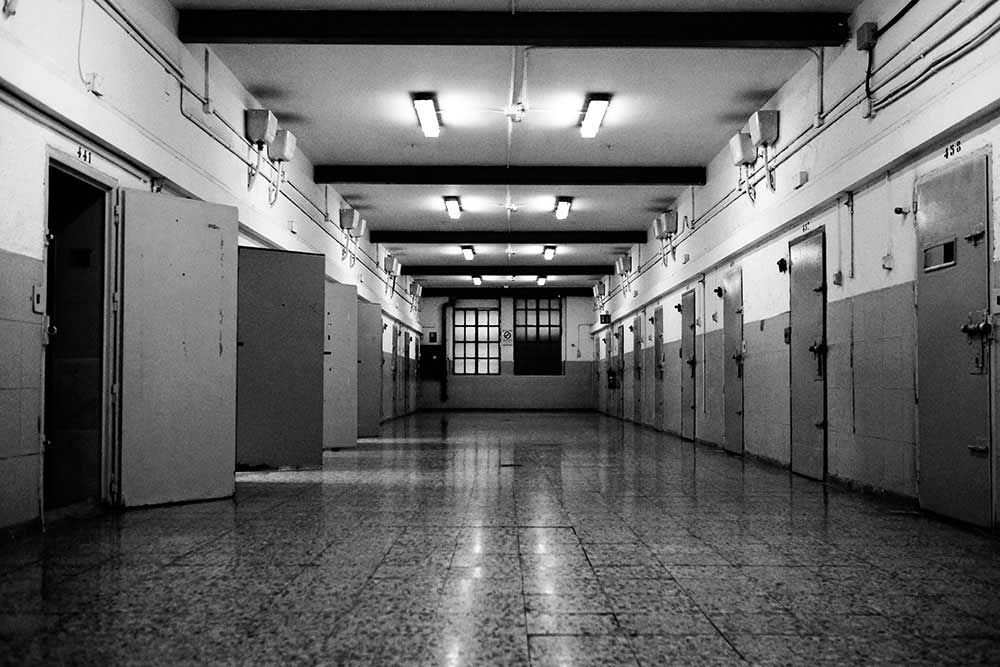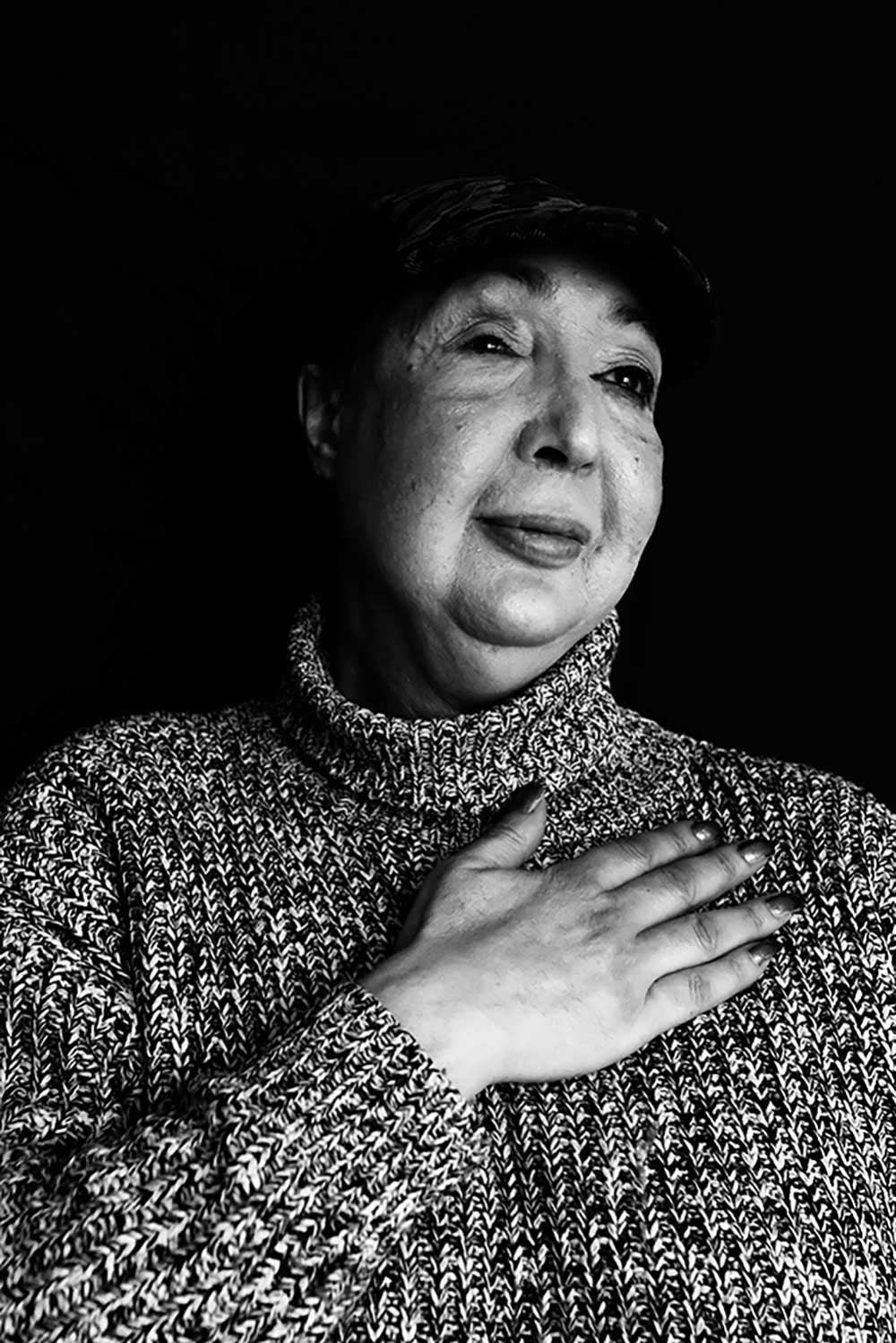Four decades have passed since the abolition of the “Social Danger Laws” in 1978. At the time Homosexuality was persecuted under Franco’s regime as it was considered an attack on the moral and integrity of the Spanish people.
Franco’s Regime represents a period of hard oppression against the LGBT Community, as well as the working class, women and any other social category willing to fight against the regime. After the end of the civil war, many members of the LGBT Community were imprisoned and tortured for the mere fact of being homosexuals, along with the tens of thousands of political dissenters, anarchists and leftists.The social model pursued by Franco’s regime consisted of a submissive and accommodating woman, a masculine and dominant man with no feminine traits and the ever-present Catholic moral, used as a means of repression against different sexualities.
In the “Social Danger Laws”, approved on the August 4th, 1970, were listed punishments against homosexuals and transgender people ranging from confinement to asylums and banishment from their home towns. The Law remained in force during the eight years following the dictator’s death when, in 1978, a provision was created for the abolishment of some clauses, among them the punishments for homosexuality. However, the Vagrancy Act was repealed only in 1996.
During the Second Republic, there was a crackdown of the Vagrancy Act, used by Franco’s regime as a means of control and torture. Many people were sent to the “Colonies”, a softer term for concentration camps for homosexuals. These “re-educational camps” where located in Badajoz, Huelva and Fuerteventura, the latter managed by priests. Thousands of people experienced the camps in conditions of hunger, torture and hard labour. Over 5,000 people, in particular transsexuals and homosexual of male gender were imprisoned and accused of “scandalous public behaviour” and considered a danger for society. These centres were created to correct their behaviour and their “deviation”; many were mistreated, tortured and sexually abused by other prisoners, or even forced to prostitution by the guards. Lesbian women didn’t experience the same violence, they were alienated and became invisible to society, they were removed from the historical memory as women were not considered to have any sexuality Franco’s regime
Homosexuality was considered by science as a condition and therefore was terribly repressed. Many different scientific disciplines came together as pieces of the same mechanism, to put in place a legal medical treatment that would have eradicated homosexuality, considered the main enemy of the hegemonic model of masculinity. This is the period of the electro-shock and aversion therapy, using random series of images of men and women. Whenever the image of man appeared an electric discharge was administered to the patient.
Antonio Roig Roselló – Ibiza 1939
The Carmelite priest aged 78, didn’t proclaim his sexual choice through an interview but, wrote many books about it. In 1977, he published “Todos los parques no son un paraíso” writing about his sexual experiences with other men in London’s parks. On January 3rd, 1978 he was expelled from the religious order, they left scorched earth around him and treated him as a leper. He now considers the Catholic Church to be a main cause of homosexuals’ marginalisation
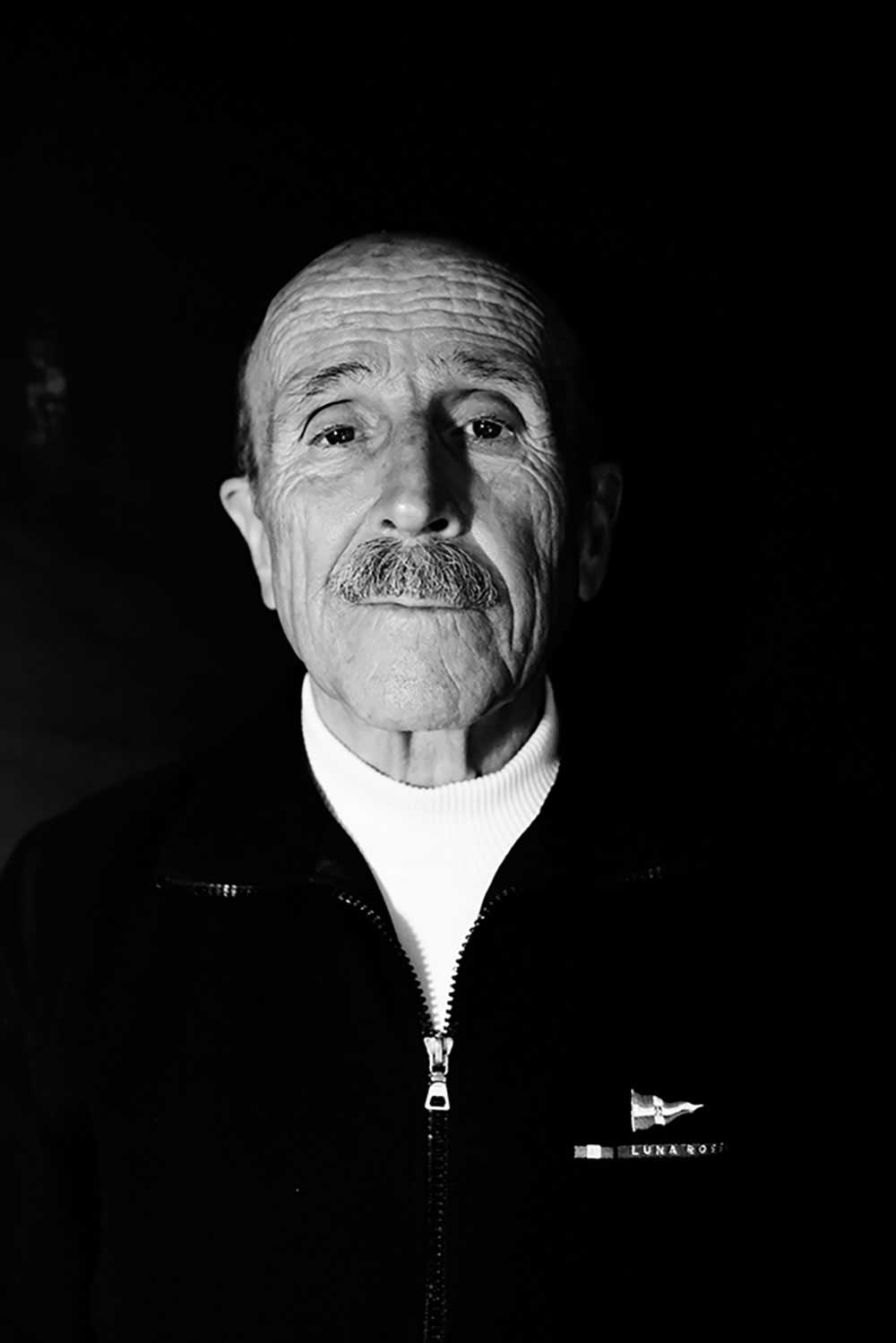
Antonio Ruiz – Valencia 1958
Antonio Ruiz, president of the association for social prisoners, confessed his homosexuality to his mother. His mother then went to confess to a nun who reported him to the police. It was 1976, Franco was already dead and Antonio was only 17. At 6 AM, four policemen went to his house to arrest him. He spent 3 months in Badajos, a prison created by the regime to cure homosexuality and used for the so called “passive men”, while Huelva was used for “active men”.
“In that prison, I was raped by another prisoner encouraged by the guards”, “he’s a homosexual, you can do whatever you want” said one of the civil guards. The psychological and physical damage wasn’t enough, he was forced into exile from his home town as homosexuals were meant to be banished and to live in solitude and in misery.
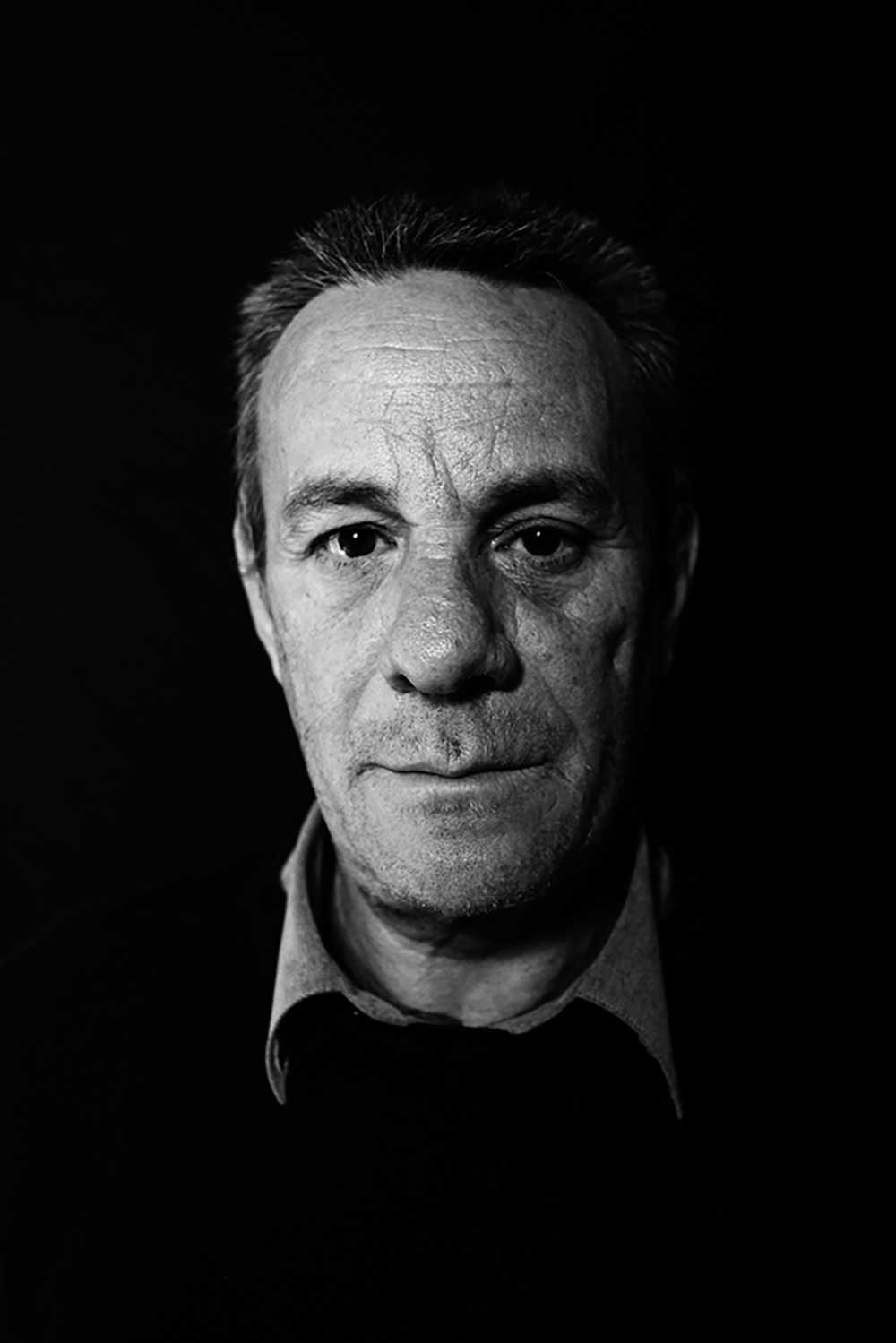
Silvia Reyes – Gran Canaria 1953
During the 40s being a man who wanted to be woman had a price. “I have been in prison for more than fifty times”. Silvia arrived in Barcelona when she was 20, “I had finished the military service and I had already started to take hormones bought at the chemist” she says.
She was arrested three times during her first month. For a transsexual, it wasn’t safe to stay in the streets, or bars or cinemas. “There were many raids and we had more bad luck than homosexuals, as they could dissimulate more easily than we could” she explains.
In 1974 Silvia was a victim of another raid. “They put me in the prison of La Modelo in Barcelona, accused of transvestism. There, I spent a very bad period; afterwards I was moved to the prison of Carabanchel in Madrid along with other 38 transsexuals. During the move, they put us in isolation. “I spent six months in Badajoz and I was arrested two more times in Madrid” she says. ”Already at the Police station, we were beaten and insulted, we were queers and deviants, we were left with no food or water”.
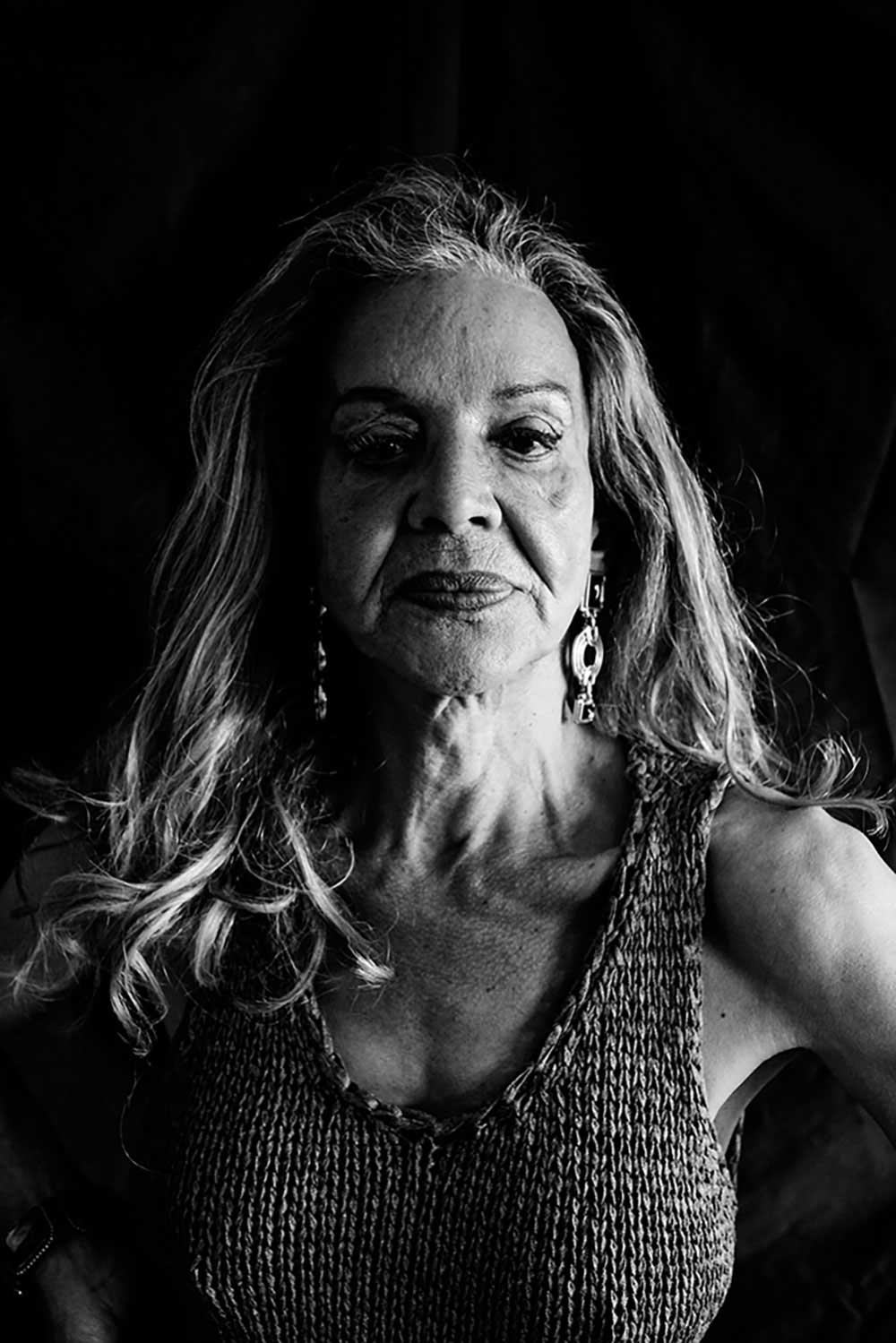
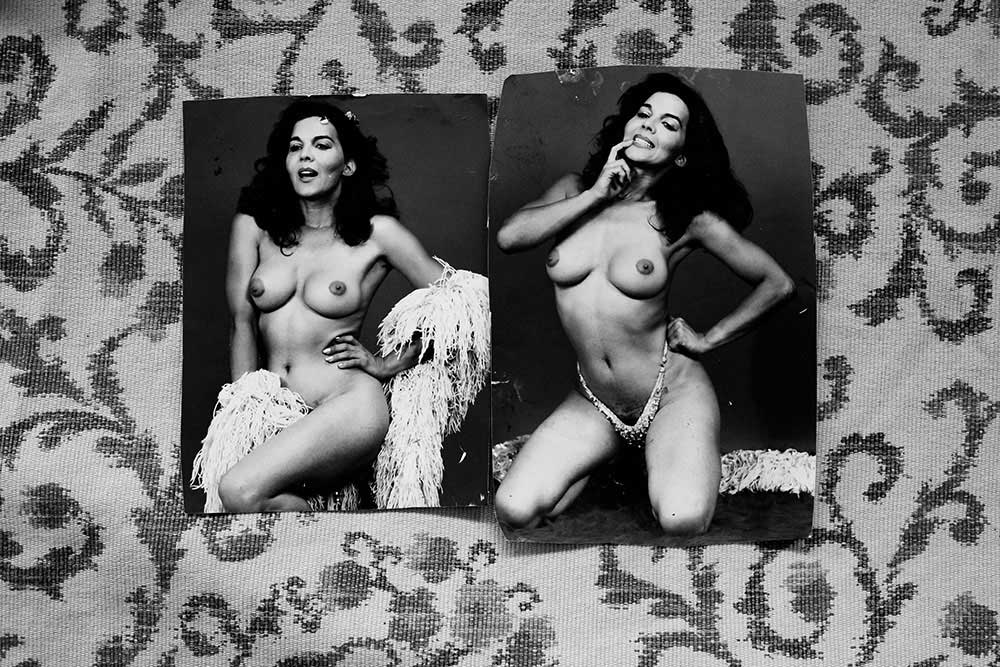
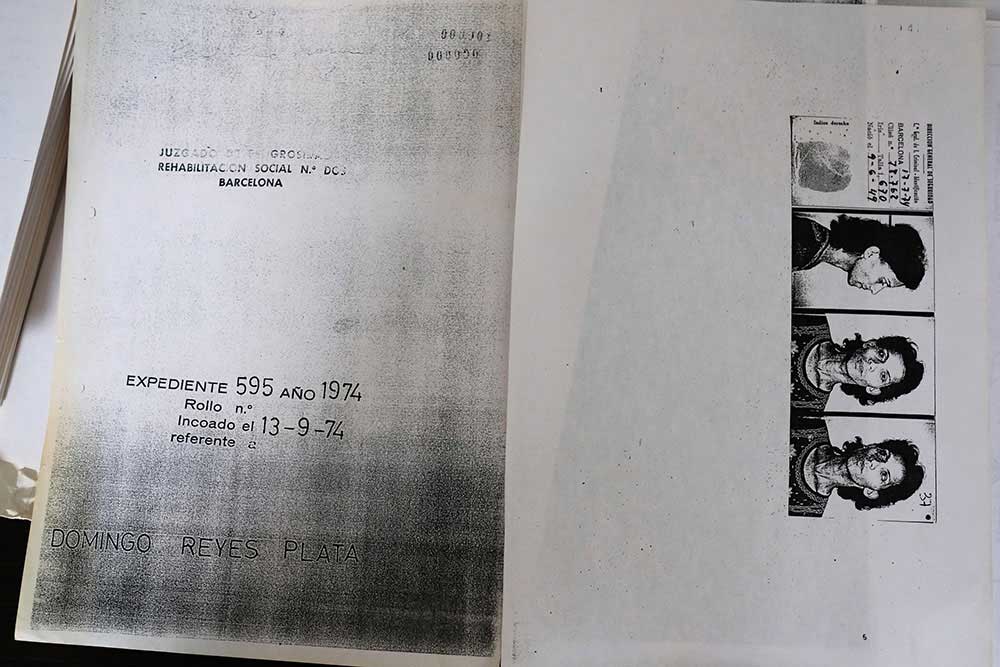
Rampova – Valencia 1959
It was 1970, when Rampova was arrested, she was 14. She was arrested for homosexuality. The police arrested her in a beach in Valencia, while she was with a married man. The second time in Barcelona while she was 15. She was arrested in a cinema by an undercover policeman, after she was proposed to have a sexual intercourse. The third and last time she was arrested she was 17. “In the prison of Barcelona, they sent me to the queer section, where regular prisoners were paying the guards to open our cells and rape us, afterwards we were beaten to demonstrate that they were not gay. They were coming up to eight times a day”. Rampova tells: “I experience more rape than sexual intercourse”
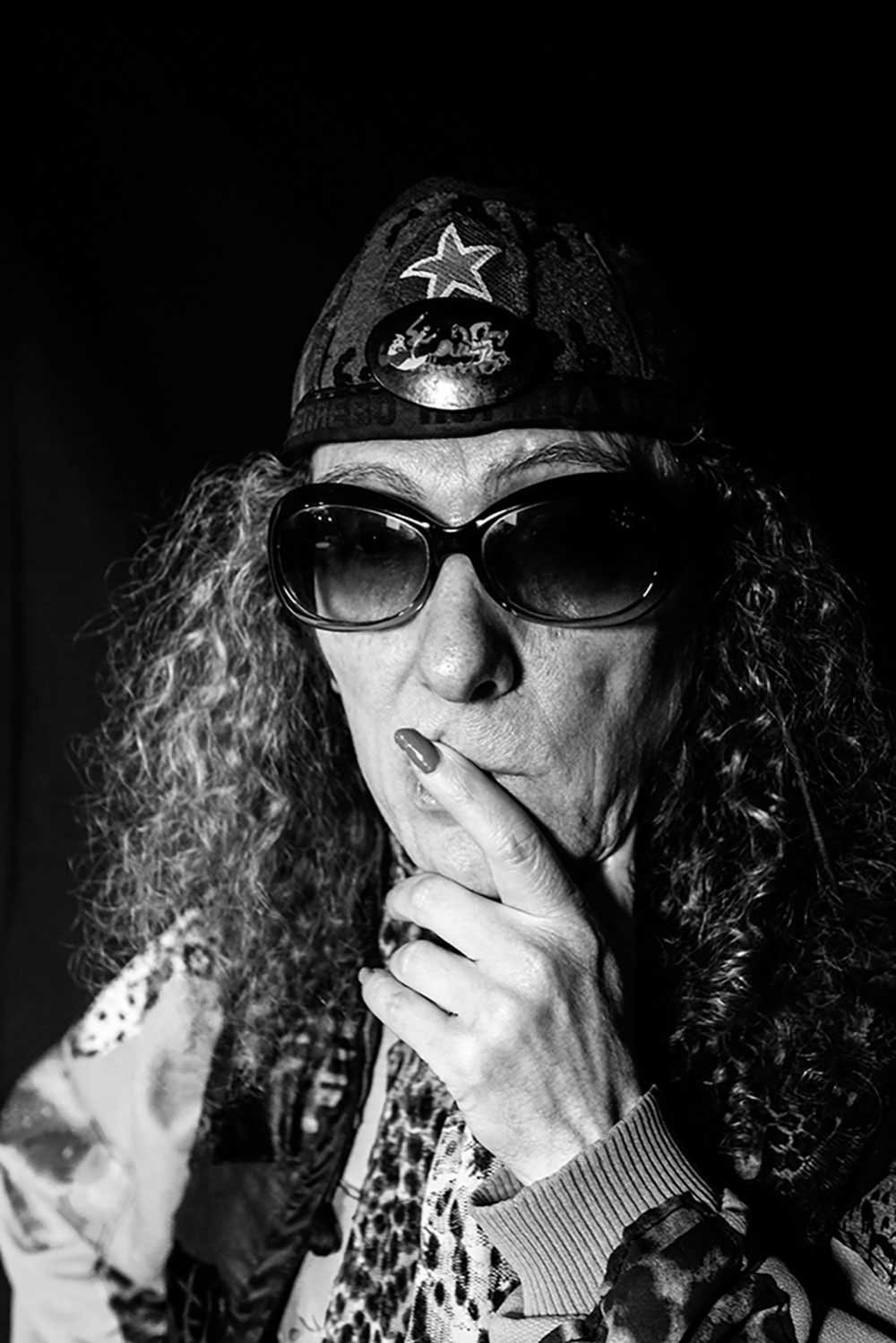
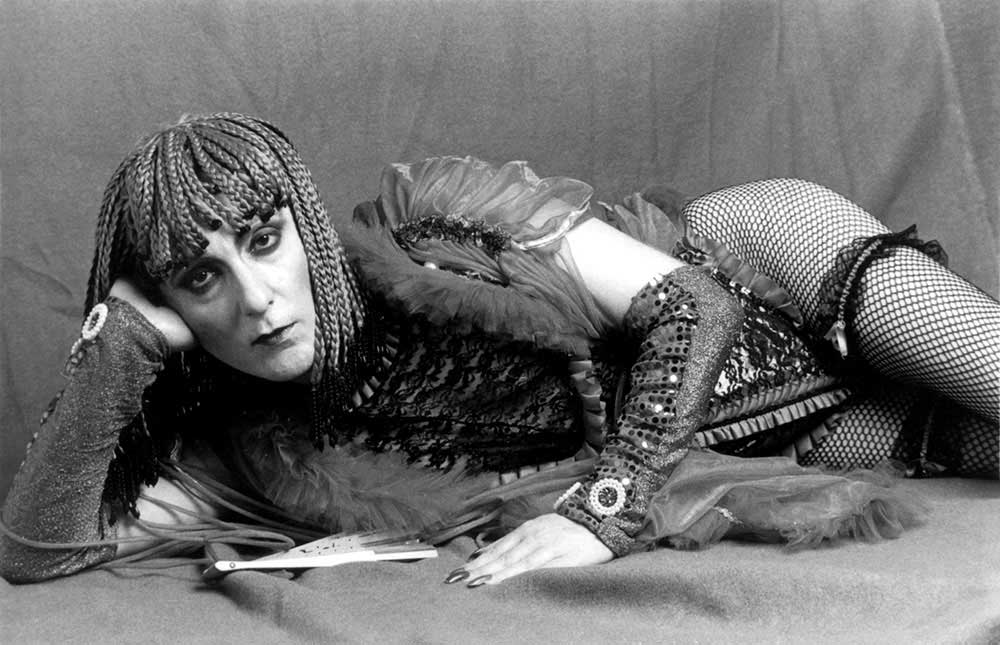
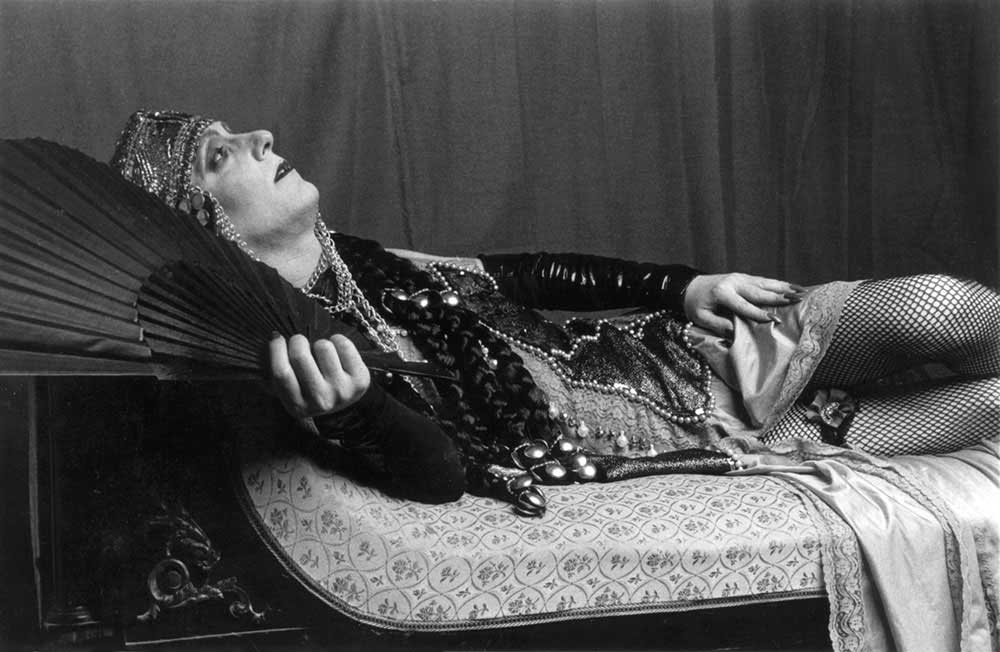
About Luca Gaetano Pira
Luca Gaetano Pira is queer photographer born in Italy. For years he used photography to explore topics like anti-specism, bio-centrism, gender, prisons, mental health hospitals and the societal position of women. During the last few years he focused on documentary photography and photo-reports on gender and non-binary identities, including a reportage on Mexican Muxes. He decided to portray these stories and faces to help remembering them, before it is too late. Remembering will help avoiding the atrocities that LGBT communities have faced in the past and still do in many parts of the world. Chechnya’s concentration camps for homosexual people are an example as they are tortured and killed as we speak. He collaborated with different magazines like Cuartoscuro, Spunk, El salto, La Marea, Vangardist,StoneFoxx Magazine,ecc. And his work are exposed in Bologna,Berlin,Mexico City,Los Angeles,Tijuana,San Francisco, Rome,ecc. [Official Website]
